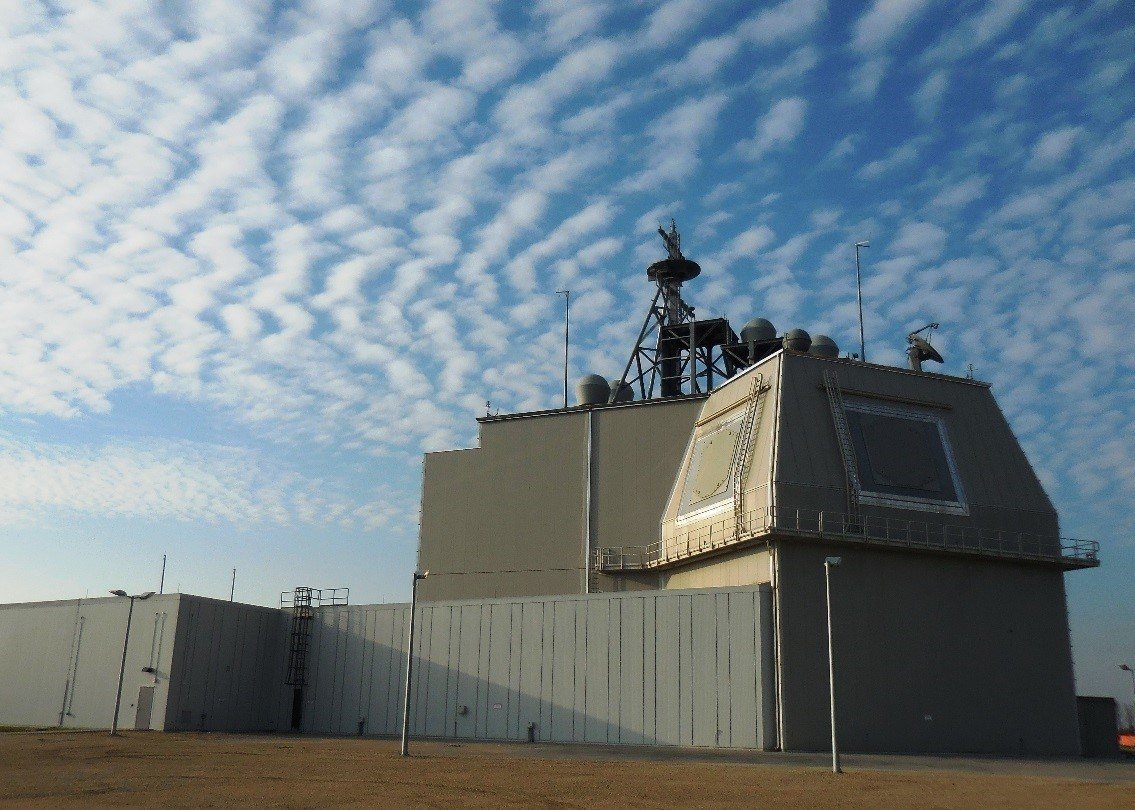Russian strategists have suggested that the NATO Aegis Ashore base at Deveselu in Romania can easily be hit with a Kinzhal missile, two days after Defense Minister Sergei Shoigu announced that it had been used three times in Ukraine.
Russia began perceiving the NATO base as a threat in 2018 when former Pentagon officials suggested how it could be used for offensive purposes by firing cruise missiles into Russian targets, complicating Moscow’s offensive plans.
On Monday, Russian Defense Minister Sergei Shoigu revealed that Russia had thrice employed the Kinzhal (Dagger) missile in its Special Military Operation (SMO) in Ukraine.
Speaking on state television, Shoigu praised it for hitting “high-value targets” on all three occasions and “showing brilliant characteristics.”
Russia later deployed three MiG-31E fighter-bombers with the Kinzhal missiles to the Russian enclave of Kaliningrad in the Baltics, located between North Atlantic Treaty Organization (NATO) and European Union (EU) members Poland and Lithuania.
Raw Speed Beat Brute Strength
Designated as the Kh-47M2, Kinzhal was first used on March 18 on a large underground warehouse storing missiles, ammunition, and artillery in Delyatyn village in the Ivano-Frankvisk region.
An article on Rossiskaya Gazetta (RG) pointed out that the warehouse was a Soviet-era storage facility called ‘Object-711’ or ‘Ivano-Frankvisk 16’ built in 1955.
Used to house nuclear weapons, warheads, and tactical missiles of the Soviet Union, it was heavily hardened even to withstand atomic bombs and the resultant radiation fallouts. Located 150 meters (492 feet) deep with two stories/levels, ‘Object-711’ could hold a small-sized military camp and be considered one of the safest arsenals in the region.
However, nuclear weapons were transferred to Russia after the Union of Soviet Socialist Republics (USSR) dissolution in the 1990s, when Ukraine became an independent country. The Ukrainian Ministry of Defense moved most of its weapons stockpiles here.
That the Kinzhal could penetrate so deep with its tearing hypersonic speed and destroy the facility is being pointed to as proof of its lethality that even the US cannot counter.
A video of the said strike shows the missile coming down on the target nearly vertically, with a speed of several kilometers per second and a mass of one and a half tons. The massive kinetic energy allowed the missile to punch through those layers of concrete and explode inside.
Could Be Used Against Romania’s NATO Base
The target of this March 18 Kinzhal strike being just 80 kilometers from the Romanian border, could easily be the NATO base there in Deveselu, the article subtly suggests.
The base housing the stationary Aegis Ashore radar and missile defense battery was deployed in 2016. In 2018, Abraham Denmark, director of the Asia Program at the Wilson Center, suggested converting it from a “defensive posture” protecting Europe against Iranian missiles to “complicate Kremlin” military planning.

Denmark’s suggestion came in the run-up to the US’s withdrawal from the 1987 Intermediate-Range Nuclear Forces (INF) Treaty in late 2018. The pact prevented the USSR and the United States from deploying 500 to 1000 km range cruise and ballistic missiles from the Soviet Union/Russia-Europe/NATO borders.
By 2018 when the Trump administration was preparing to leave the treaty, Russia had alleged that it was the US goal from the start to deploy offensive missiles.
The defensive Aegis Ashore batteries, which could be quickly repurposed for offensive purposes, were just a preparation for the same — the Romanian base houses three batteries of 8 RIM-161 Standard Missile-3 (SM-3) Block IB missiles.
Kinzhal can “sweep away” the Aegis batteries with conventional warheads even before they could be put on alert, the RG article suggested.
The missile is said to have a range of 2000 kilometers. It can carry either a fragmentation warhead weighing approximately 499 kilograms or a 500-kiloton nuclear warhead, which is 33 times more potent than the atomic bomb that vaporized Hiroshima.
The missile can travel at 5-12 times the speed of sound and follows a flatter trajectory than a standard ballistic missile, leaving the air defenses with a short time to react.
Also, the missile is difficult to intercept because of its ability to maneuver at all stages of its flight path. The missile can hit not only stationary targets with precision but also mobile targets with the help of a radar seeker. ‘
US President Joe Biden said, “It’s almost impossible to stop it,” while speaking at a business conference.
As per a previous EurAsian Times report, the Russian Air Force is known to have a total of 252 MiG-31s, of which 10 to 20 have been upgraded to fire Kinzhals.
The Tupolev Tu-22M3 bombers are being reported to be prepared to fire Kinzhals, with the RG article saying similar Kinzhal-friendly modifications are also being undertaken on the Tu-160 bomber.
- The author can be reached at satamp@gmail.com
- Follow EurAsian Times on Google News




